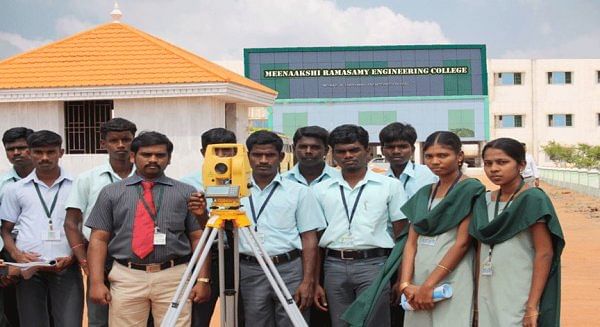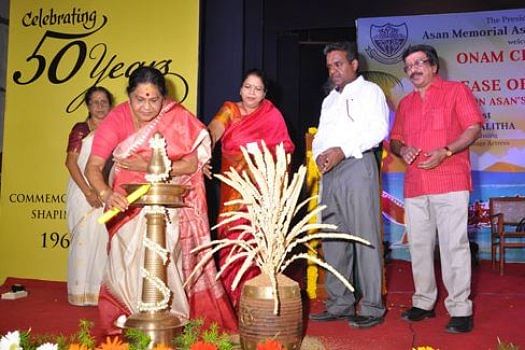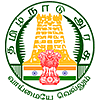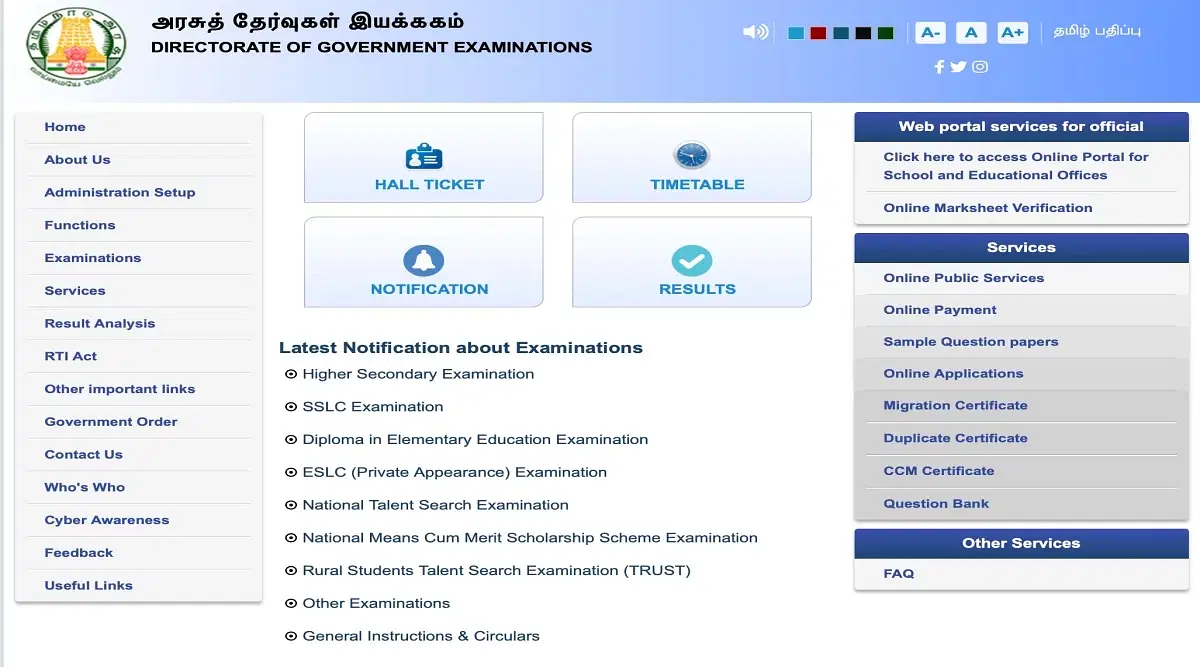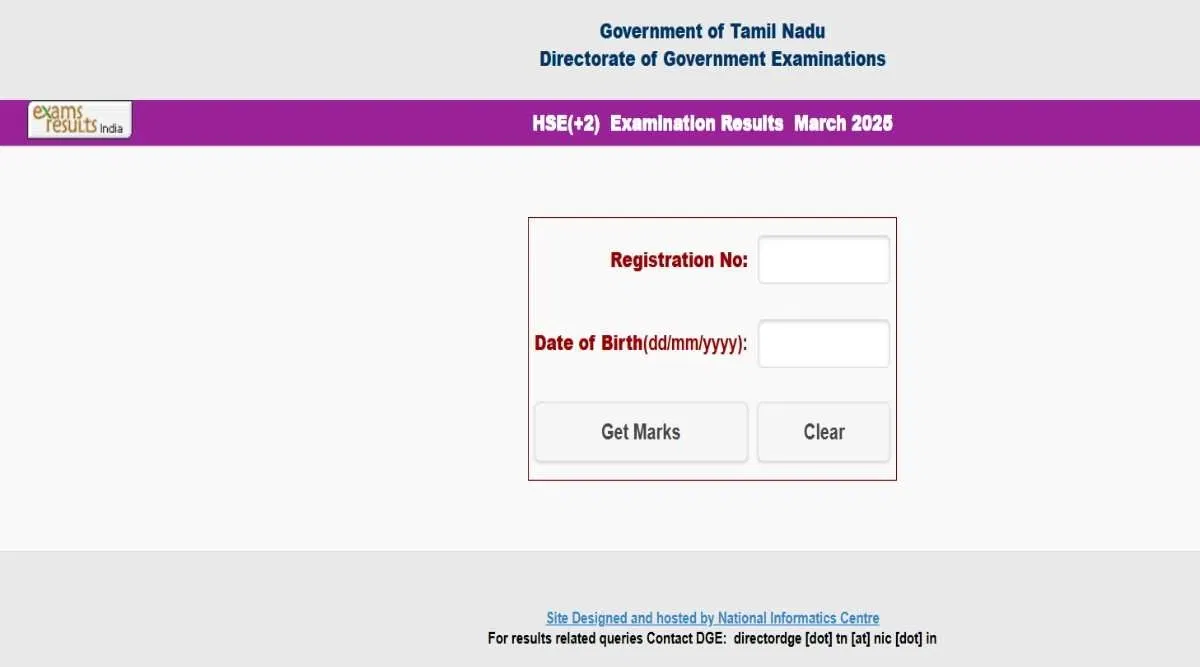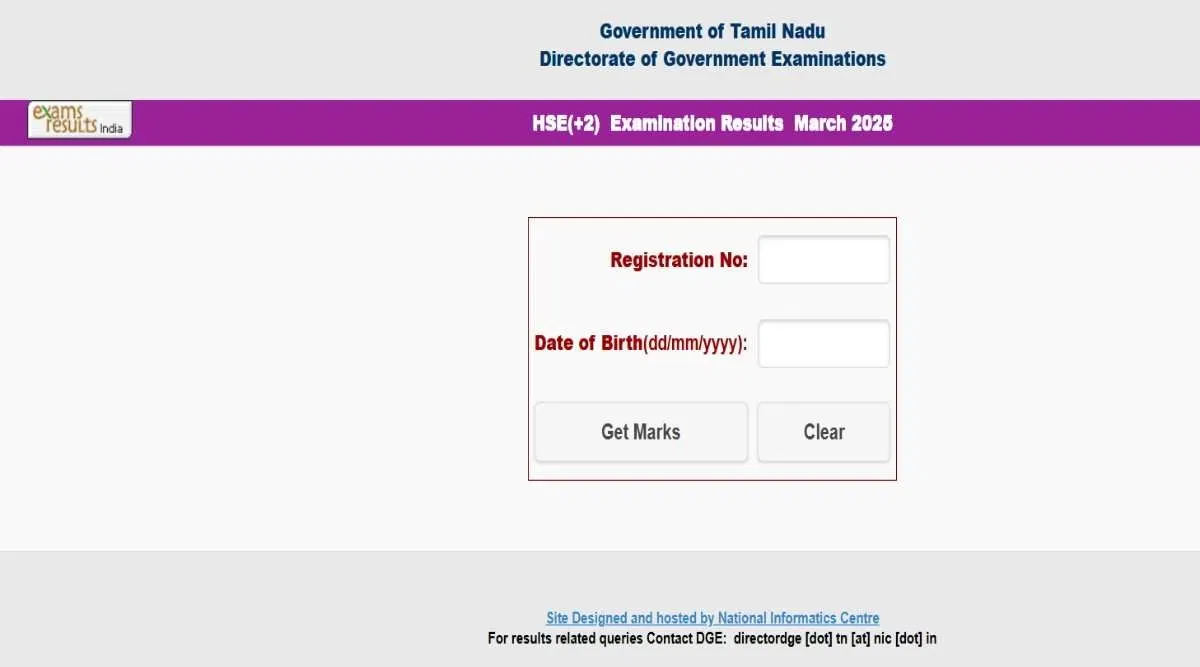Tamil Nadu Class 12 Computer Science Latest Syllabus 2024-25: Download Latest and Revised Tamil Nadu Class 12th Computer Science Syllabus PDF
Table of Contents
- TN Board Class 12th Computer Science Syllabus
- TN Board Class 12th Computer Science Syllabus: PDF Download
- How to Download TN Board Class 12th Computer Science Syllabus
- Important Topics for TN Board Class 12th Computer Science Syllabus
- Best Books for TN Board Class 12th Computer Science Syllabus
- Preparation Tips for TN Board Class 12th Computer Science Syllabus
TN Board Class 12th Computer Science Syllabus includes all types of questions like Multiple Choice, very-short questions, short questions as well as long questions. No chapter has been reduced by DGE TN Board class 12th Computer science syllabus.
TN Board Class 12th Computer Science Syllabus is declared by Directorate of Government Examinations every year on its official website. Tamil Nadu Board Class 12th Computer Science syllabus has 16 chapters and many of them include several important topics. Each chapter has equal marks weightage.
The duration of computer science exam Tamil Nadu Board class 12th is 3 hours and 15 minutes extra is given for question paper reading. The total marks for TN Board class 12th Computer Science Syllabus is 70 marks for theory exam and 30 marks for practicals.
Students must prepare important topics, follow preparation tips and take help from preparation books to score better in Class 12th Computer Science of Tamil Nadu Board.
TN Board Class 12th Computer Science Syllabus
There are 16 chapters consisting of several important topics for the TN Board class 12th Computer Science Syllabus. There are 70 marks for theory examination of computer science which have been divided equally for all the chapters.
Students can check TN Board Class 12th Computer Science Syllabus from the table given below:
| Name of the Chapters | Topics Included |
| Function | Introduction To function, function with respect to programming language, Interface Vs Implementation, Pure Functions |
| Data Abstraction | Introduction to data abstraction, Tuples and Lists, representation of abstract data type using rational numbers, Abstract data types, Constructors and selectors, Data abstraction in structure. |
| Scoping | Introduction to scoping, Variable scope, LEGB Rule, Types of variable scope, module. |
| Algorithmic Strategies | Introduction to algorithmic strategies, complexity of an algorithm, efficiency of an algorithm, algorithm for searching techniques, sorting techniques, Dynamic programming. |
| Python-Variables and Operators | Introduction to Python, Key Features of Python, Programming in Python, Input and output functions, Comments in python, Indentation, token, python data types. |
| Control Structures | Introduction to alternative or branching, control structure |
| Python Functions | Introduction to python functions, defining functions, Calling/invoking a function, passing parameters in functions, function arguments, anonymous functions, The return statement, variable scope, functions using libraries, python recursive functions. |
| Strings and String Manipulation | Introduction to strings, creating strings, assessing characters in a string, modifying and deleting strings, string operators, string formatting operators, formatting characters, format () function, built-in string function, membership operators, programs using strings. |
| Lists, Tuples, Sets and Dictionary | Introduction to lists, tuples, introduction to dictionaries, introduction of sets. |
| Python Classes and Objects | Introduction to python classes and objects, defining classes, creating objects, accessing class members, class methods, constructor and destructor in python, public and private data members, sample program to illustrate classes and objects. |
| Database Concepts | Data and information, database, database management system software, database structure, data model, difference between DBMS and RDBMS, types of relationships, relational algebra in DBMS. |
| Structured Query Language (SQL) | Introduction to SQL, Role of SQL in RDBMS, Processing skills of SQL, Creating database, components of SQL, Data types, SQL Commands and their functions, |
| Python and CSV Files | Introduction to Python and CSV Files, Difference between CSV and XLS File formats, purpose of CSV File, creating a CSV File using Notepad, create a CSV File using microsoft Excel, Read and write a CSV File using Python, writing data into different types in CSV Files |
| Importing C++ Programs in Python | Introduction to Python and C++, scripting language, applications of scripting languages, features of Python over C++, Importing C++ Files in Python, Python program to Import C++, Python program executing C++ Program using control statement, how python is handling the errors in C++, Python program executing C++ Program containing arrays, Python program executing C++ Program containing functions, python program to illustrate the inheritance of a class. |
| Data Manipulation through SQL | Database, SQLite, Creating a database using SQLite, SQL Query using python, The SQL and, or andNot operators, Querying a Date Column, Aggregate Functions, updating a record, Deletion operation, data input by user, using multiple table for querying, integrating query with CSV File, Table list |
| Data Visualization Using Pyplot: Line Chart, Pie Chart, Bar Chart | Data visualization definition, getting started, special plot types |
TN Board Class 12th Computer Science Syllabus: PDF Download
The Directorate of Government Examinations Tamil Nadu will release the class 12th syllabus on its official website. Candidates can click on the link given below to download TN Board Class 12th Computer Science Syllabus PDF:
| TN Board Class 12th Computer Science Syllabus PDF | To be updated |
Also Check: TN 12th Syllabus 2024-25: Check Tamil Nadu Subject PDFs Here
How to Download TN Board Class 12th Computer Science Syllabus
TN Board class 12th computer science syllabus could be easily downloaded through DGE official website. Students can easily download computer science class 12th Tamil Nadu board syllabus from collegedekho or from official website by following given steps:
Step 1: Visit the official website of Tamil Nadu Board which is dge.tn.gov.in.
Step 2: Now scroll through the website to the latest notification section and select “Class 12th syllabus 2024-2025”
Step 3: A new window will open with different subjects listed. Out of all the subjects select ‘Computer Science’.
Step 4: A PDF will open after selecting the subject and students can download it for future references.
Also Check: TN 12th Exam Pattern 2024-25
Important Topics for TN Board Class 12th Computer Science Syllabus
The important topics for TN Board class 12th computer science include topics from all 16 chapters and the marks distribution remains equal for all the chapters. Students need 35 marks out of 100 in Computer science class 12th TN Board to pass the examination. The following table mentions some important topics for TN Board Class 12th Computer science syllabus:
| Name of the Chapters | Headings | Important Topics |
| Function | Introduction To function | Type of Function |
| function with respect to programming language | Function Specification, Parameters and arguments | |
| Interface Vs Implementation | Characteristics of interface | |
| Pure Functions | Impure functions, side-effects, chameleons of chromeland problem using function | |
| Data Abstraction | Introduction to data abstraction, Tuples and Lists, representation of abstract data type using rational numbers, Abstract data types, Constructors and selectors, Data abstraction in structure. | |
| Scoping | Introduction to scoping | |
| Variable scope | Local scope, global scope, global and local variables | |
| LEGB Rule | Output | |
| Types of variable scope | Local scope, global scope, enclosed scope, built-in scope | |
| Module | Characteristics of modules, the benefits of using modular programming, access control | |
| Algorithmic Strategies | Introduction to algorithmic strategies | Characteristics of an algorithm, writing an algorithm, analysis of algorithm |
| Complexity of an algorithm | Time complexity, space complexity | |
| Efficiency of an algorithm | Method for determining efficiency, space-time tradeoff, asymptotic notations, best, worst and average ease efficiency | |
| Algorithm for searching techniques | Linear search, binary search, binary search working principles | |
| Sorting techniques | Bubble sort algorithm, selection sort, insertion sort | |
| Dynamic programming | Steps to do dynamic programming, fibonacci series. Fibonacci iterative algorithm with dynamic programming approach | |
| Python-Variables and Operators | Introduction to Python, Key Features of Python, Comments in python, Indentation, Input and output functions | |
| Programming in Python | Interactive mode programming, script mode programming | |
| Tokens | Introduction of tokens, literals, identifiers, assignment, operators, punctuators, separators, keywords | |
| Python Data Types | Number data types, boolean and string data types | |
| Control Structures | Introduction to alternative or branching | |
| Control structure | Introduction, sequential statement, alternative or branching statement, iteration or looping constructs, jump statements in Python | |
| Python Functions | Introduction to python functions | Types of functions |
| Defining functions | Syntax for user defined function, advantages of user defined functions | |
| Calling/invoking a function, passing parameters in functions | ||
| Functional Arguments | Required, keyword, default and variable-length arguments | |
| Anonymous functions | What is anonymous functions, use of lambda or anonymous function, syntax of anonymous functions | |
| Return statement | Syntax of return | |
| Variable scope | Local and global scope, local and global variables | |
| Functions using libraries | Built-in and mathematical functions, composition in functions | |
| python recursive functions | ||
| Strings and String Manipulation | Introduction to strings, creating strings, assessing characters in a string, modifying and deleting strings, string operators, string formatting operators, format () function, built-in string function, membership operators, programs using strings. | |
| formatting characters | Escape sequence in python, escape sequences supported by python | |
| Lists, Tuples, Sets and Dictionary | Introduction to list | Create a list in python, accessing list elements, list length, accessing elements using for loop, changing its elements, adding more elements in a list, inserting or deleting elements in a list, list comprehensions |
| Tuples | Introduction to tuples, creating tuples, accessing values in tuple, update and delete tuple, tuple assignment, returning multiple values in tuples, nested rules, programs using tuples, accessing elements in tuple, tuple is immutable | |
| Introduction of set | Creating a set, creating set using list or tuple, set operations, programs using sets | |
| Introduction to dictionaries | Create dictionary, comprehensions, accessing, adding, modifying and deleting elements from a dictionary, difference between list and dictionary | |
| Python Classes and Objects | Introduction to python classes and objects, defining classes, creating objects, accessing class members, class methods, constructor and destructor in python, public and private data members, sample program to illustrate classes and objects. | |
| Database Concepts | Data and information, database, database management system software, database structure, difference between DBMS and RDBMS, relational algebra in DBMS | |
| data model | Types of data model, types of DBMS Users | |
| types of relationships | one -to-one, one-to-many, many-to-one, many-to-many relationships | |
| Structured Query Language (SQL) | Introduction to SQL, Role of SQL in RDBMS, Processing skills of SQL, Creating database | |
| Components of SQL | Data definition language, data manipulation language, data control language, transactional control language, data query language | |
| Data types | Introduction of data types, primitive data types, non-primitive data types | |
| SQL Commands and functions | DDL Commands, types of constraints, DM; Command, DQL Command-select command, between and not between keywords, TCL Commands | |
| Python and CSV Files | Introduction to Python and CSV Files, Difference between CSV and XLS File formats, purpose of CSV File, creating a CSV File using Notepad, create a CSV File using microsoft Excel, Read and write a CSV File using Python, writing data into different types in CSV Files | |
| Importing C++ Programs in Python | Introduction to Python and C++, scripting language, applications of scripting languages, features of Python over C++, Importing C++ Files in Python, Python program to Import C++, Python program executing C++ Program using control statement, how python is handling the errors in C++, Python program executing C++ Program containing arrays, Python program executing C++ Program containing functions, python program to illustrate the inheritance of a class. | |
| Data Manipulation through SQL | Database, SQLite, Creating a database using SQLite, SQL Query using python, The SQL and, or andNot operators, Querying a Date Column, Aggregate Functions, updating a record, Deletion operation, data input by user, using multiple table for querying, integrating query with CSV File, Table list | |
| Data Visualization Using Plot: Line Chart, Pie Chart, Bar Chart | Data visualization definition, getting started, special plot types |
Best Books for TN Board Class 12th Computer Science Syllabus
There are several books which help in better preparation for TN Board Class 12th computer science syllabus. These books hold explained definitions, easy solutions, sample papers as well as practice questions. There are several Best Books for TN Board Class 12th Computer science syllabus as mentioned below:
- SURA`S 12th Standard Computer Science Guide Tamil Medium
- Don 12th Computer Science Guide - Tamil
- Previous year question paper booklet
Also Check: TN 12th Syllabus 2024-25
Preparation Tips for TN Board Class 12th Computer Science Syllabus
Students aspiring to score high marks in TN Board class 12th Computer Science examination must follow some tips and strategies for better preparation of syllabus. Preparation tips help students to plan study well and before, to manage time and dos or don’ts for studying. Some important Preparation Tips for TN Board class 12th Computer Science includes:
- Plan before 3 to 4 months for better preparation and sufficient revision time.
- Try group studies and group discussions for better understanding of concepts.
- Prepare a time table and follow it strictly.
- Do not overburden or get exhausted which might lead to short term memorisation of concepts.
- Make mind maps, flowcharts and short notes for better revision.
- Take breaks and proper nutritions while studying.
- Avoid cramming and try to have a deep understanding of concepts and topics.
- Practice as much as possible.
- Know the exam structure, question types and marking scheme for TN Board Class 12th computer science.
- Relax and attempt the exam with a calm mind.
Read More: TN 12th Model Question Papers 2025



![Bharathidasan Institute of Technology, [BIT] Anna University, Tiruchirappalli](https://media.getmyuni.com/azure/college-image/small/bharathidasan-institute-of-technology-bit-anna-university-tiruchirappalli.jpg)
